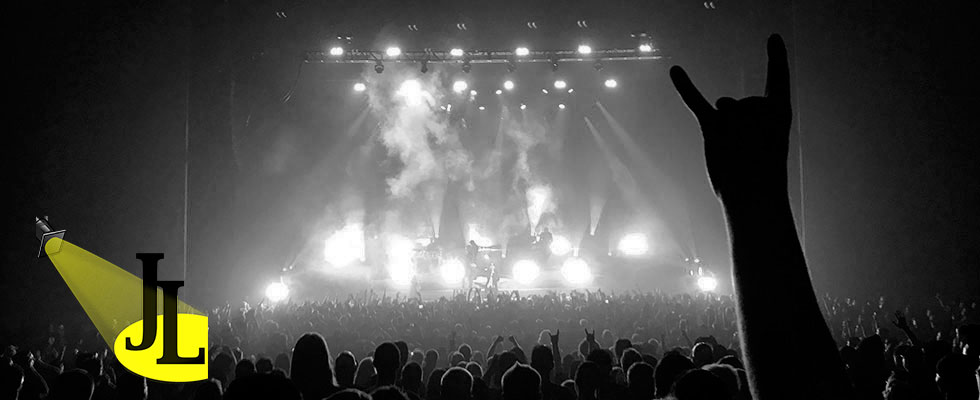Small concert venues teeter the line between a vital music industry need and a profitability challenge for their owners. They are a keystone to the entire music industry serving as the laboratories where artists hone their skills and are instrumental in building and empowering fan bases that will help push that talent up the pipeline to bigger spaces. Yet they operate within a risky business model that is loaded with unpredictability due to the status of the artists they support and the caps on their income streams.
There is no doubt that the major live event brands such as Live Nation and AEG understand the vital importance of smaller venues for their long-term strategy. They need these establishments to survive so future superstars and their fan bases can be cultivated to the point that they can fill their larger (and more profitable) amphitheaters and stadiums. Before the pandemic hit, Live Nation was on a $20 million-plus spending spree in Southern California including the acquisition of Spaceland Presents and their roster of small venues such as Echoplex, the Echo, and the Regent. Pre-COVID, both AEG and Live Nation were actively shopping the smaller cap space with every tool at their disposal. Their strategies included buying out smaller promoters, partnering with established venues, exclusive promotion deals, and perhaps the most strategic. Selling and installing their ticketing services into these independent venues, which not only provides the majors with revenue but a treasure trove of data to help focus their future investment decisions.
Most independent owners will tell you they do this for the love of music and when you analyze their basic business model. You will quickly surmise they aren’t lying. Profitability is difficult in the under 1,000 cap space. The smaller audience size means that the fixed cost per person is higher. This impinges on the variable costs per customer and leads to reduced profitability per show. Add in the fact that the acts at this level are still building their fan bases and owners face the very real possibility that they will not reach 100% occupancy on a regular basis. This lack of regular profitability leads to less money in reserves for slower times and very little protection from systematic risk such as a pandemic that forces them to close down indefinitely. We have been witnessing this playout since COVID hit. By June of 2020, 90% of Independent Venue Owners said they would need to close within a few months without government help to sustain their businesses. Many are ecstatic that the US Government could provide much-needed relief soon, but this help may (unfortunately) be too little too late. Especially if there are no further rounds of funding coming down the pike.
Smaller cap venues simply do not have the economic resources to support reduced capacity, increased testing and sanitization protocols, state and local shutdowns, and weary public. Unfortunately, this means that we will likely continue to see many of these spaces shutter their doors into 2022, and while that is bad news for fans, independent owners, and the free market. It is a HUGE opportunity for well-positioned majors such as Live Nation and AEG.
In the words of Baron Rothschild, “buy when there is blood in the streets.” Unfortunately for the live concert industry, very few are positioned to heed the Baron’s advice. Both Live Nation and AEG have the infrastructure and financial reserves to withstand the COVID pandemic. While LN has a serious advantage thanks to their stock market status. A public company can secure financing through numerous debt instruments outside of typical lenders such as selling bonds or by releasing more shares. They can also renegotiate existing loans more easily thanks to their massive liquidity and the horizon-focused mindset of their investors.
Both companies have already reduced their workforce and cut spending at unprecedented rates due to the pandemic. And while this is difficult to swallow now, it does pose the opportunity for them to return to service much leaner and potentially free up capital to allocate towards future growth in the strategically important small-cap market. Add in the fact that both have troves of ticketing data which can be cross-analyzed against economic stricken hotspots, prime tour markets, and real estate prices and we are left with a large probability for future consolidation of the small-cap venue market.
There are a few saving graces for independent venue owners. One is the creation of the National Independent Venue Association (NIVA). This organization burst onto the scene and was key in lobbying the US Congress for relief. They will need to remain vigilant post-COVID and shift their focus from relief to the defense of a free market for the live music industry. Another comes in those with a true passion for live music. Be it owners, managers, fans, or even leaders at the helm of these majors. We need people who understand that music was never meant to be corporate. It was meant to be raw, emotional, messy, and a little bit scary. Only then will the magic present itself.




